Beta Report: The Finals
By nateandrews 0 Comments

I spent 20 hours with The Finals over the last week and my dominant thought by the conclusion of the beta was this: could I reasonably fit a game’s pre-release playtest onto my game of the year list? That would be crazy, wouldn’t it?
The Finals is competitive first-person shooter from Embark Studios, a Swedish game development outfit founded by former DICE developers. It is not a battle royale or an extraction game, but a traditional objective-based multiplayer shooter in which teams of 3 fight to bank the most cash in a flashy game show setting. In the beta there were a couple quick play modes—my favorite of those was Bank It, in which players must dump cash into rotating deposit boxes and risk losing all the money they’re carrying on death—and a ranked tournament mode, where I spent most of my time.
The quick play modes are great fun, but I want to spend most of this focusing on the tournament mode. Most of what I’ll say applies equally to both—there are only a few mechanical differences between the two.
The tournament mode is all about collecting one of two cash boxes and bringing it to a cashout box, where your team must then defend it king-of-the-hill style before it successfully scores. The mode feels like a blend of Capture the Flag and KOTH, and it is terrific. Rarely has a competitive mode catered to both chaos and careful tactical consideration this well, and there are several reasons for this.
The objectives rotate
For one, The Finals brilliantly mixes up its objective placement in such a way that practically guarantees you will always have to be thinking on your toes… as far as I know. In the 20 hours I played there didn’t seem to be any way to reliably predict where the next objectives would spawn. The cashout boxes rotate every couple of minutes in the Bank It mode, and in tournament mode a new box spawns when one has successfully been scored on. You’re constantly being made to visit every part of the map, to attack and defend every possible site from every possible angle. This means every match feels incredibly dynamic and unpredictable.
Cash boxes that are being deposited can be “turned” to another team, scoring for them instead
Next, waiting for the cash box to successfully deposit takes time, and if another team manages to break through your defenses and reach the deposit box they can actually turn the cash over to their side. The benefits of this mechanic are twofold. First, it forces a defensive battle over the cash no matter what, so there’s no easy scoring for anyone. And second, it can lead to huge momentum swings when a team unexpectedly overcomes the defenders and “steals” the deposit at the last second, jumping into first place out of nowhere.
The maps are destructible
The Battlefield background of this studio is readily apparent in how dramatically the maps can be torn apart, one of the game’s key selling points. Walls, floors, ceilings, and entire buildings can be reduced to rubble by explosives, sending players toppling down multiple stories and completely changing the objective site. The deposit boxes themselves aren’t nailed down; it’s possible for a rooftop objective site to become a decimated ground floor battleground at a moment’s notice. One of my most memorable matches involved a building that quite literally split in two, the objective being buried under multiple floors of debris. I managed to crawl my way through the wreckage and steal the cash for my team, and then had to try to survive as a sniper fired shots through openings in the rubble. They ended up picking me off, and it was awesome.
Map and mid-match modifiers
The game only includes three maps at the moment, but a list of map variants and match modifiers keeps things feeling fresh and, again, unpredictable. Every match can have a map modifier applied to it. These can alter objectives by suspending them in the air or placing them on moving platforms, or alter the map by raising the elevation higher or destroying part of it entirely. And there are different temporary mid-match modifiers that trigger as well that can introduce low gravity, orbital lasers that strike stationary players, falling meteors, and more. These can have huge impacts on strategy; low gravity being triggered means your team’s plan to jump pad onto an objective is suddenly out of the question, and the modifier that causes eliminated players to explode makes a close quarters rush a foolish endeavor. I’ve really enjoyed these modifiers and wonder if Embark plans on introducing more over time. There were a couple that never appeared in the beta, like Molten Madness that dumps lava on the ground and another where a duck mascot apparently destroys part of the arena.
Character weights, weapons, and gadgets
Surrounding all of this mayhem is a character class system and a selection of weapons and gadgets that appear to have quite a bit of untapped synergy. You could see players’ strategic thinking shift over the course of the beta, with stun guns and sword ambushes becoming especially popular near the end. The three classes available are simply named Light (low HP, fast movement, close and long range weapons, evasive abilities), Medium (average HP and movement, offensive and defensive weapons and gadgets), and Heavy (high HP, slow movement, bulky weapons, destruction focused.) All three have their own selection of abilities, weapons, and utility items. Crucially, cooldowns for everything are pretty short across the board, encouraging players to use what they have and to not save their big plays for the right moment that may or may not come. Ammo is also unlimited, which feels great.
There’s quite a lot happening in The Finals—not so much that the game is tactically overwhelming, but enough that it becomes more than a mindless shooter. It can still be this in the game’s quick play mode, but I found the ranked tournament environment to be really engaging and satisfyingly challenging.
Questions
Two lingering questions at the conclusion of this playtest:
1) What will be the long-term role of AI voices in The Finals and in Embark Studios’ other projects? This has been the most controversial element of the game since it was revealed that Embark uses a mixture of real voices and AI text-to-speech for the announcers and character barks. Embark’s website pitches its studio as being a particularly strong embracer of new technologies so it’s probably wise to assume this is just the beginning. Like many others, I have a lot of concerns about the long term health of careers that are steadily supplanted by AI, and it’s undeniably worrying to see it utilized to such a degree in a game that has a chance to hit it big. Are human voice actors really that much of an obstacle, and is this tech truly fulfilling the studio's creative ambitions in a way no person could? I have my doubts about either.
2) Balance! Weapon and class balance in this playtest didn’t feel too out of whack to me, though near the end of the beta it became apparent that the dominant killer in any match is a light class with the evasive dash ability and the silenced pistol. This combination was absolutely devastating, and I found it impossible to take these players out as they blinked across the screen and domed me with a weapon that’s almost certainly a bit overtuned… but we’ll see how it shakes out. Weapon balance is always a frustrating topic when it becomes unclear if a weapon is genuinely too much, or if the other player is just simply better. In the case of the light class and what it’s capable of, I’m leaning more towards the former. But I could be wrong! We’ll see what changes Embark makes for the game’s release.
Overall impression: incredibly strong, but not without caveats. I’m a bit of a nomad when it comes to competitive games, going deep on certain titles before either burning out or being turned away by frustrating metas. While I won’t claim that The Finals has what it takes to be my forever game—I don’t think any game ever could be, barring my annual playthrough of Skyrim—I will say that it feels fresher and more promising than other competitive titles that I have grown distant from recently. There appears to be just enough room for thoughtful strategy and unpredictability to ensure that every match gives players a chance to demonstrate their skill and imagination, but also enough chaos to test everyone’s improvisation when buildings suddenly collapse and the objective falls through three floors of smoke and fire.



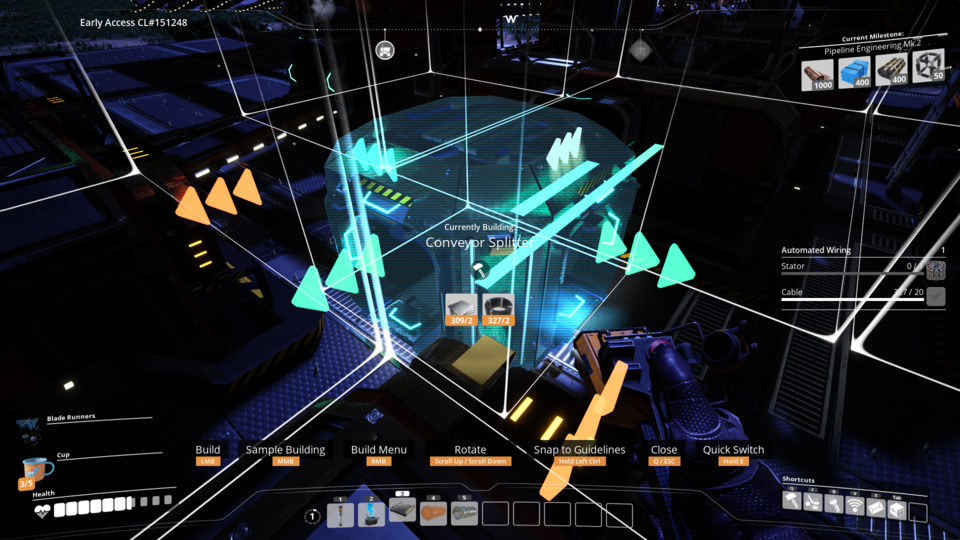



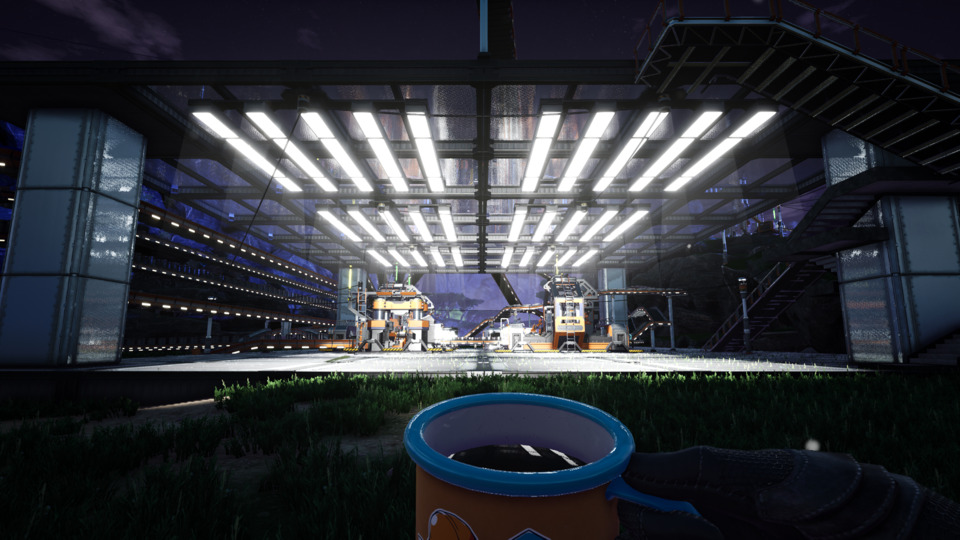
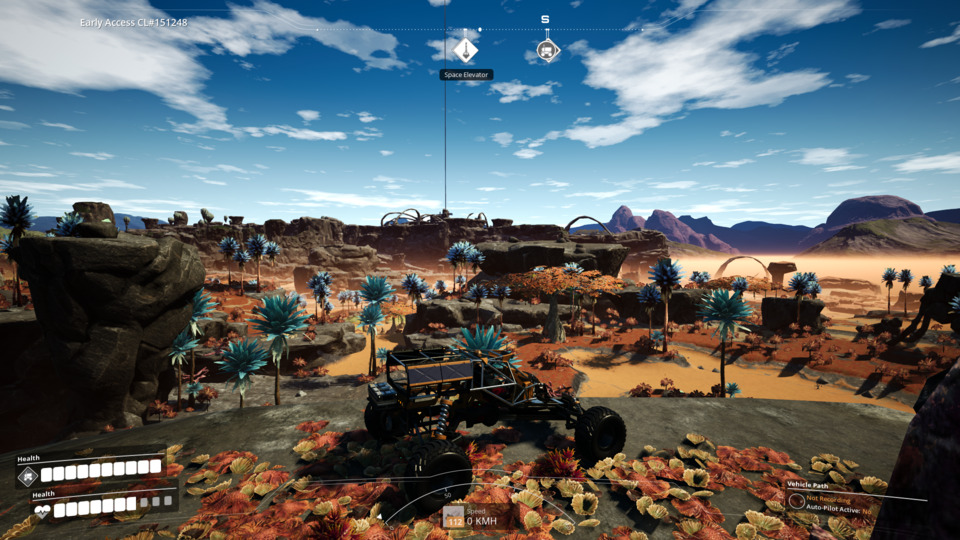
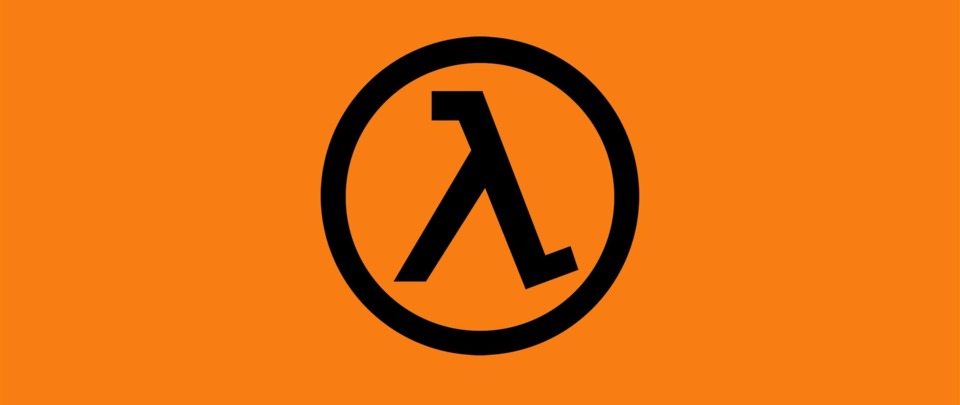
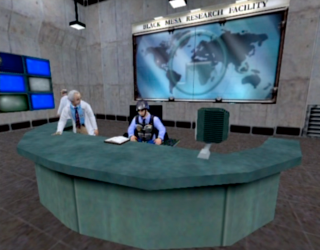
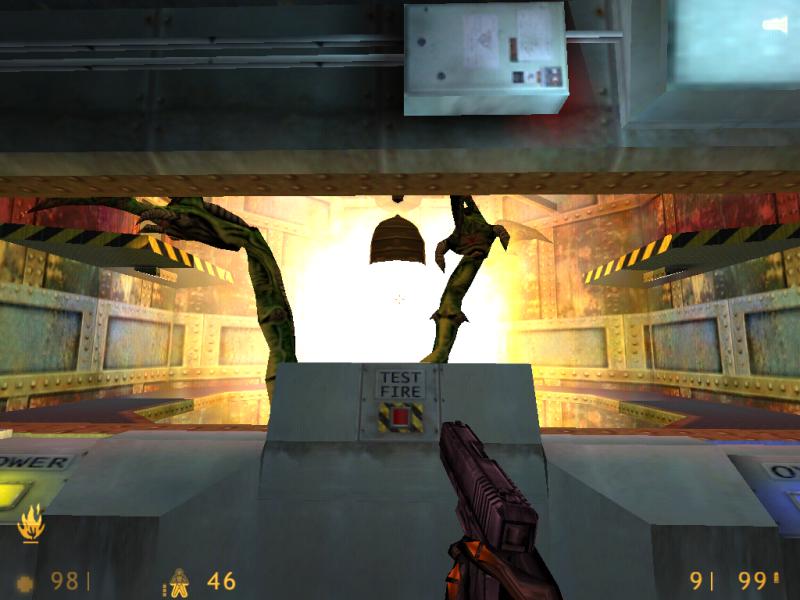
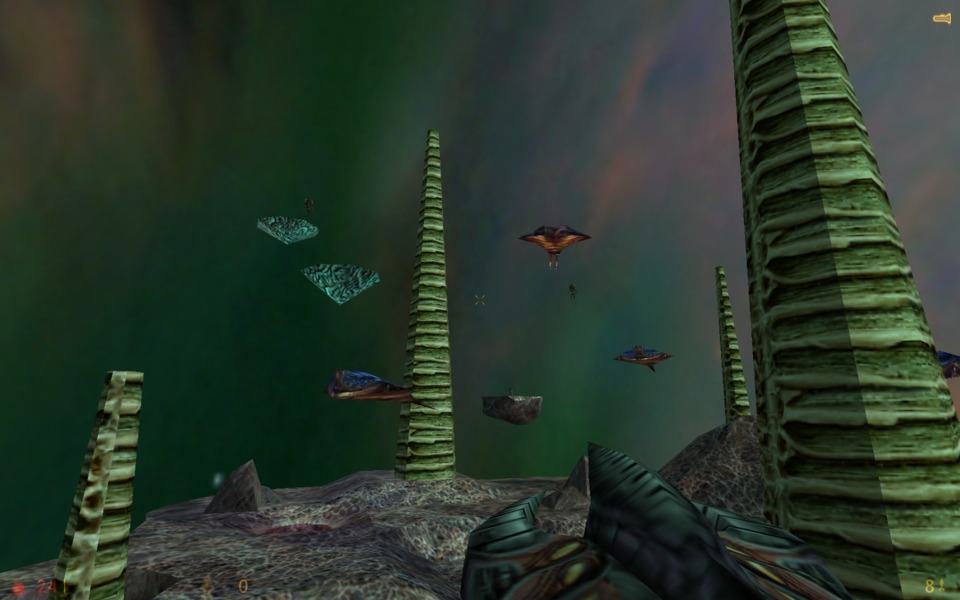
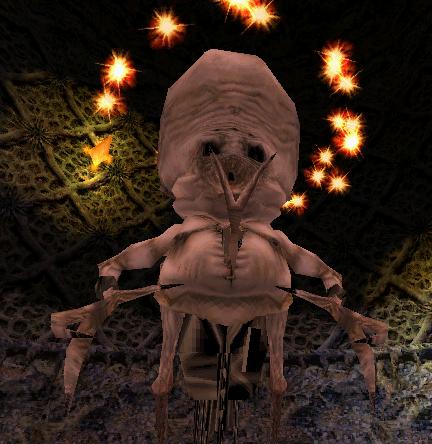
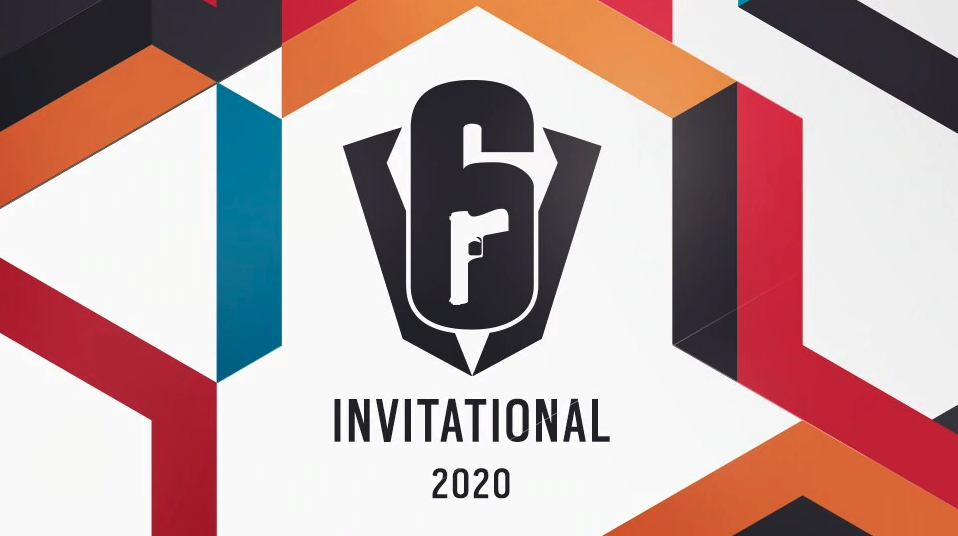

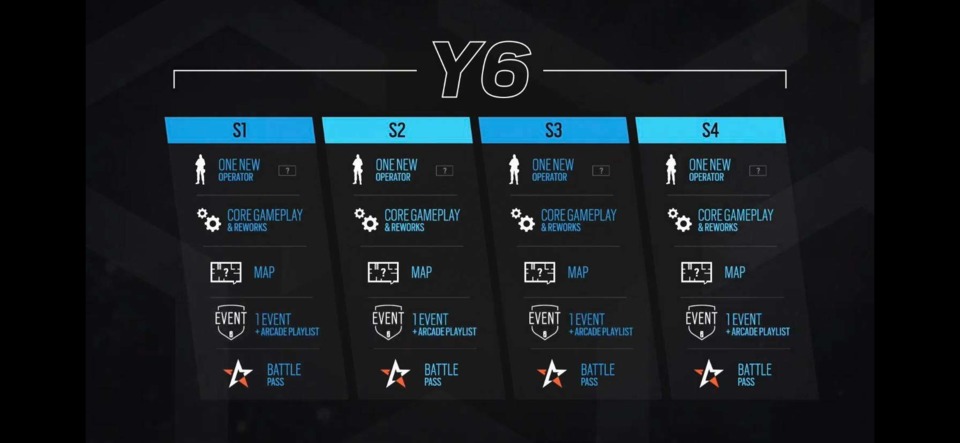

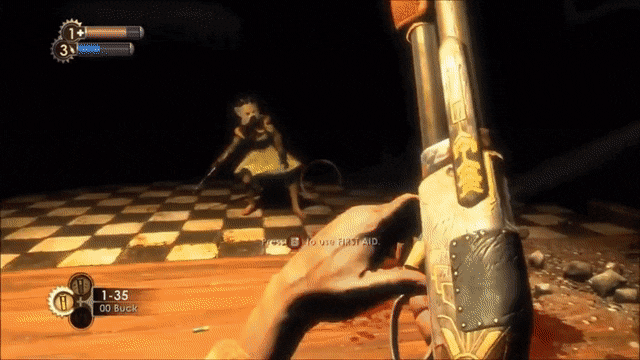
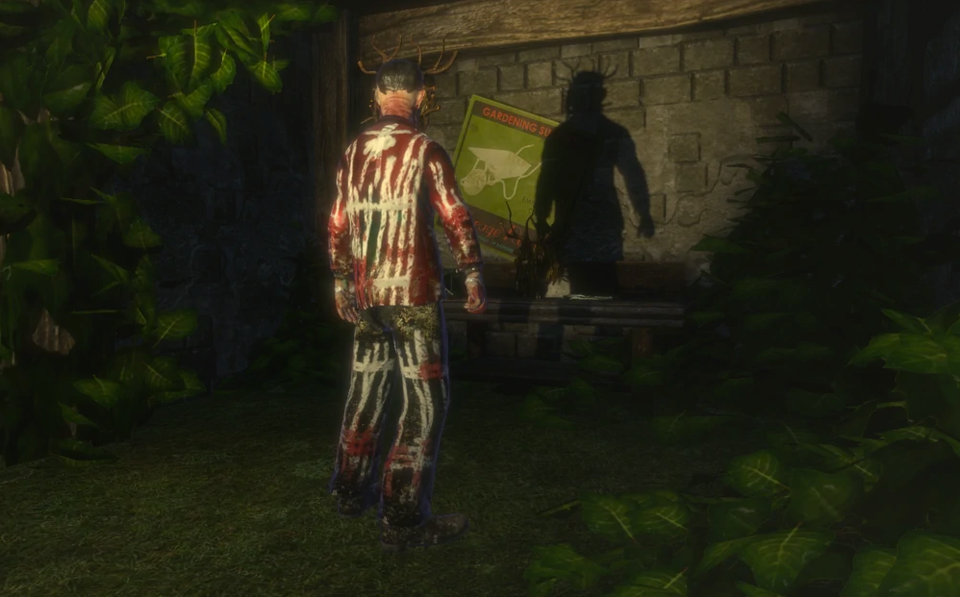

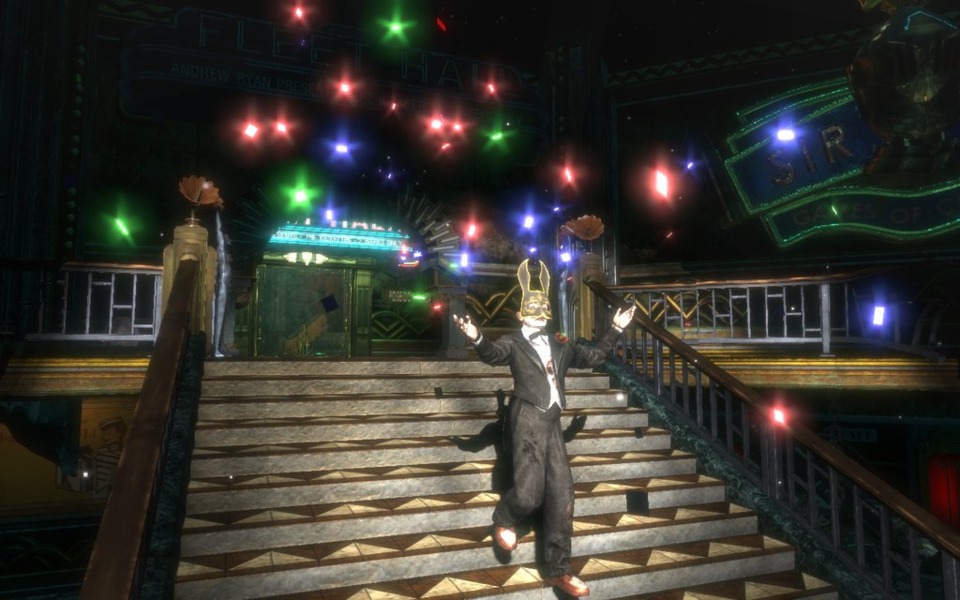
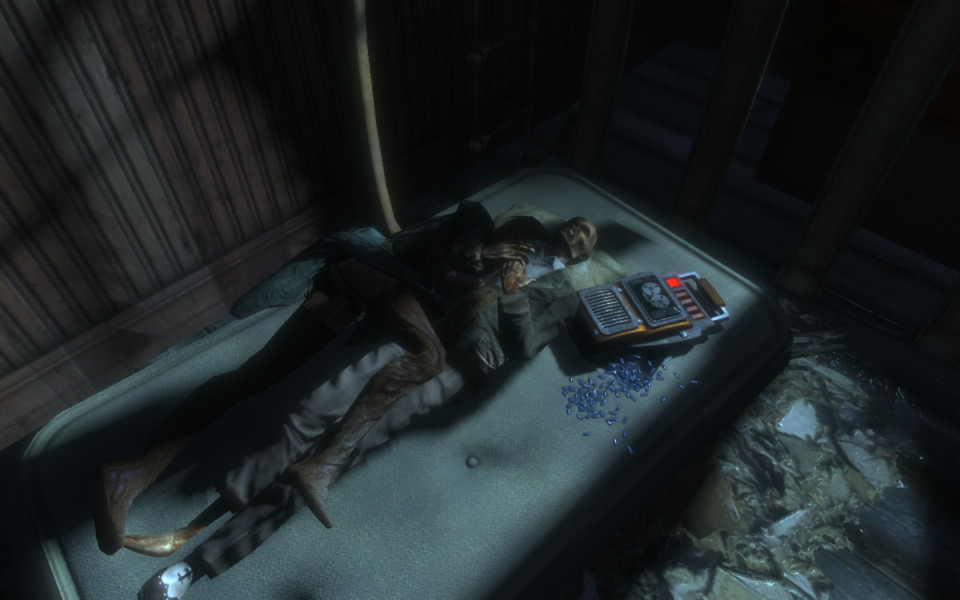
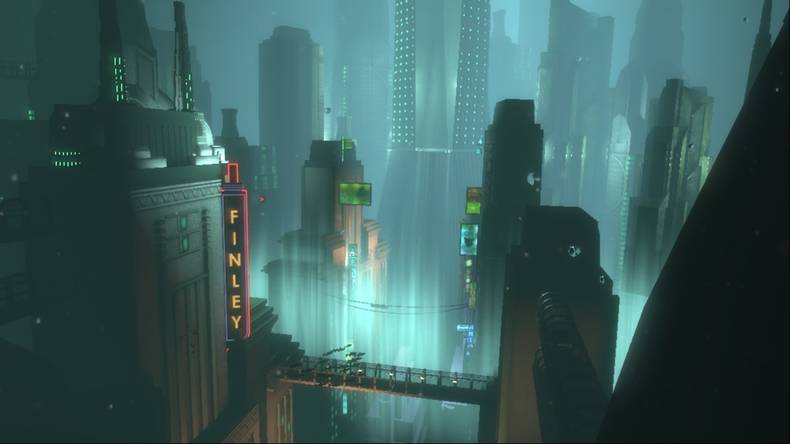
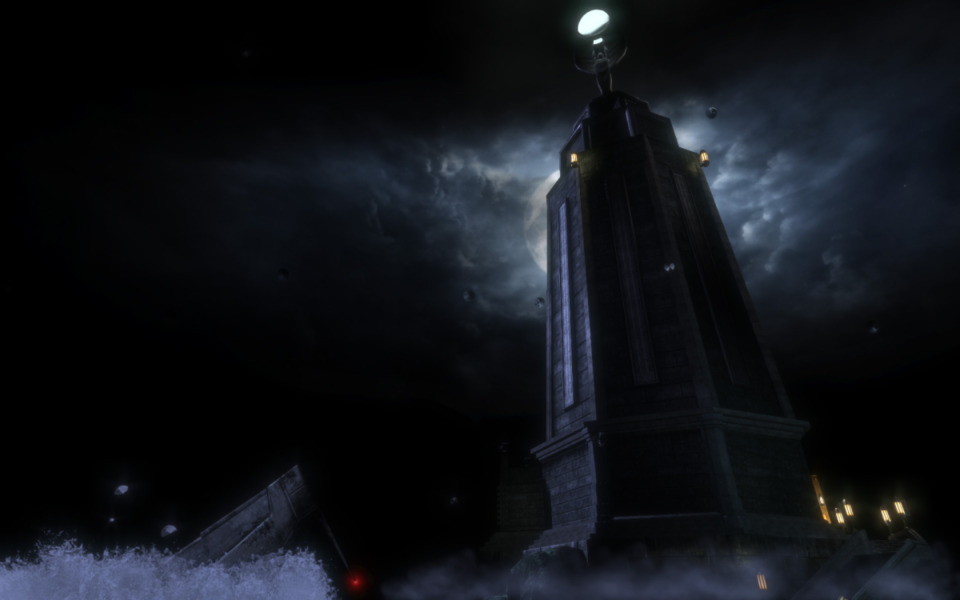
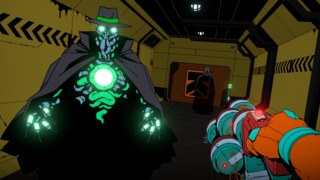
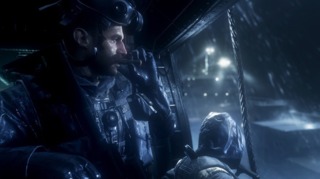
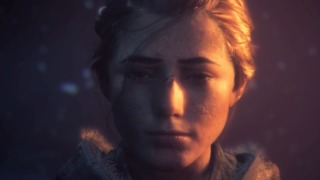



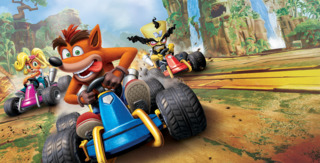
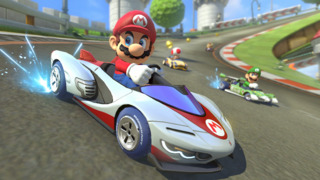
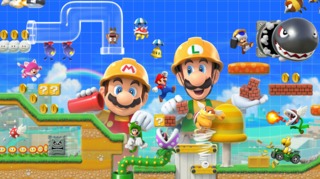
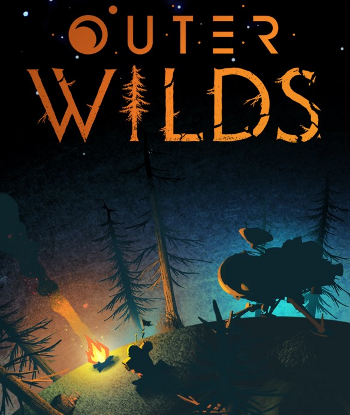
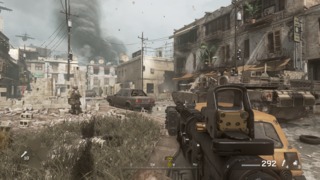


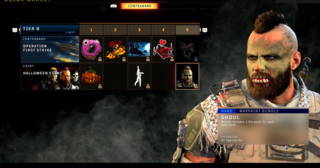
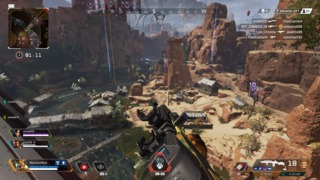
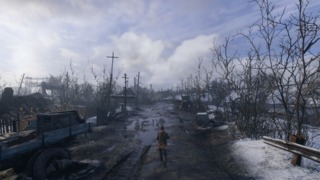
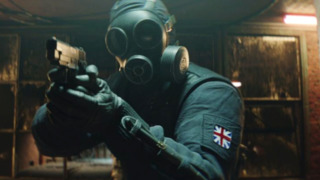
Log in to comment